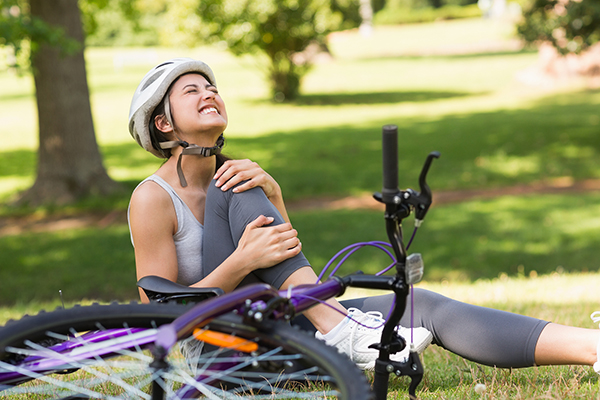By certified Pilates instructor, personal trainer, educator, and triathlete Naomi Pendergast
 Often we get caught up in our weekly triathlon program of swim, bike, run, and don’t have time to add in any other types of exercises until we get injured.
Often we get caught up in our weekly triathlon program of swim, bike, run, and don’t have time to add in any other types of exercises until we get injured.
We often hear physiotherapists and other practitioners talk about the importance of our small stabilising muscles to assist in our performance, however more often than not we only focus on these once we’re injured and too sore to train.
The goal for any triathlete is to maintain strength and power throughout their race, and to finish strong. Adding one session of strength training a week that targets muscular endurance, balance, flexibility, and control will assist to regularly recalibrate your system so that it works more efficiently during training, racing and overall movement performance.
Our in-house physiotherapist has offered the below five ways to screen yourself before you train to help reduce your risk of injury.
DK physio’s 5 tips to complete a lower body screening before triathlon training:
1. Ribs and breathing:
Place your hands on the side of your rib cage and take a deep breath (you should feel your ribs moving in a bucket handle motion). Deep breaths will help oxygen reach red blood cells to aid endurance during your training and racing.
2. Lower back:
While standing, bend forwards with a straight back and move your body side to side. If you are experiencing limitations or pain with movement it may be linked to an underlying muscle, joint or disc limitation in your lumbar spine.
3. Hip:
To check your hip range lie on your back: bring your knees to your chest. Rock your knees side to side without twisting your back. The range should feel even on both sides. To get a more accurate reading of hip internal and external rotation (important for running and sitting position on the bike) look at the measurements below.
4. Knee:
Hamstring length: sit with your legs extended and reach forward toward your toes. Use a ruler over a step to get a numerical reading as below. A rough guideline is: Poor: <15cm, Fair: 15-20cm, Good: 25-30cm, Excellent>35cm.
5. Ankle:
Assess your calf length and ankle joint by bending your knee toward the wall. The left and right should be equal. As a general rule if there is a 3cm difference between the sides, there is a 6X increase likelihood of a lower limb injury!
If you experience pain or limitations with any movements our staff at DK physio can help.






